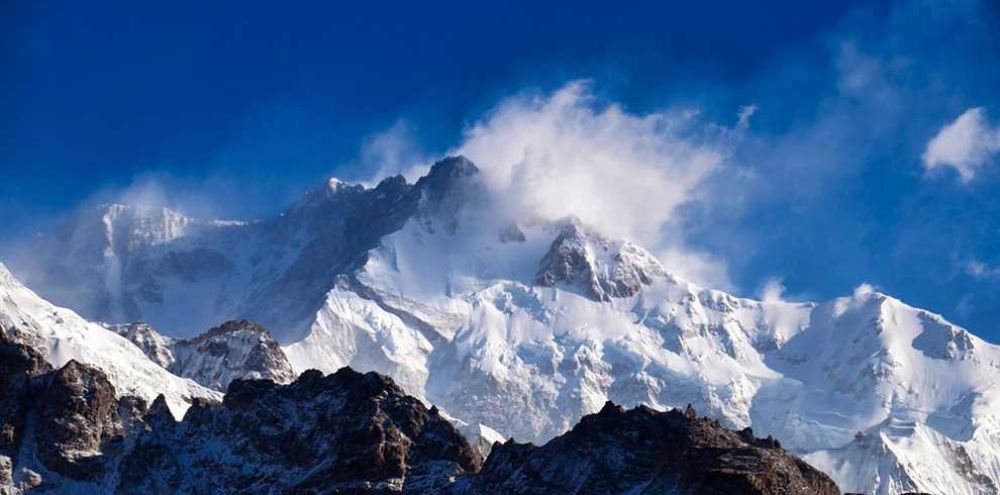

The majestic Kanchenjunga Mountain, revered as the third highest peak in the world, stands tall in the Indian state of Sikkim. Its significance to the people of Sikkim dates back centuries, as it is considered a sacred peak in their culture. However, Kanchenjunga's history as a tourism hotspot has evolved over the years into one of the region's key attractions.
The history of tourism in the Kanchenjunga region can be traced back to the early 19th-century expeditions. Initially, these were more exploratory and mountaineering ventures than tourism. British explorers and mountaineers began frequenting the region, and their accounts and photographs sparked curiosity and fascination among people around the world.
The establishment of the British Raj in India paved the way for increased exploration, and by the turn of the 20th century, Kanchenjunga had become a symbol of adventure for the elite. Mountaineering attempts, though sometimes fatal, added to the allure of the region.
The real growth in tourism started with the development of infrastructure in the mid-20th century. Accessibility improved with the construction of roads and accommodation facilities. The capital city of Gangtok increasingly served as a hub for tourists seeking to explore the nearby Himalayas, including Kanchenjunga.
In light of the fragility of mountain ecosystems, the tourism focus in the latter part of the 20th century shifted towards sustainable practices. The establishment of the Kanchenjunga National Park in 1977 was a nod to conservation efforts and it became a cornerstone for eco-tourism in the region. This UNESCO World Heritage site draws nature enthusiasts for its rich biodiversity and opportunities for trekking in a pristine environment.
In recent years, tourism in Kanchenjunga has become more diverse. While trekking and mountaineering remain popular, there has been an increase in demand for cultural experiences and homestays that offer a glimpse into the life of the indigenous peoples. The popularity of the Kaziranga-Kanchenjunga Landscape (KKL) project also encourages tourism that supports conservation efforts and community welfare.
Adventurers from around the globe continue to be drawn by the challenges of Kanchenjunga's peaks, while others are captivated by the tranquility and spirituality that pervade the region. Sikkim's effort in promoting responsible tourism has been laudable, ensuring that while tourism thrives, it does not come at the cost of the area's unique heritage and natural beauty.
The current tourism landscape is influenced heavily by digital innovations and the global trend towards off-the-beaten-path travel experiences. Gangtok has become a starting point for many expeditions to the Kanchenjunga range, and the state's policies have ensured the development of tourism infrastructure to cater to various budgets and preferences.
Overall, the tourism history of Kanchenjunga Mountain in Sikkim is a blend of adventure, spirituality, and natural splendor, all of which continue to attract visitors in pursuit of diverse Himalayan experiences.